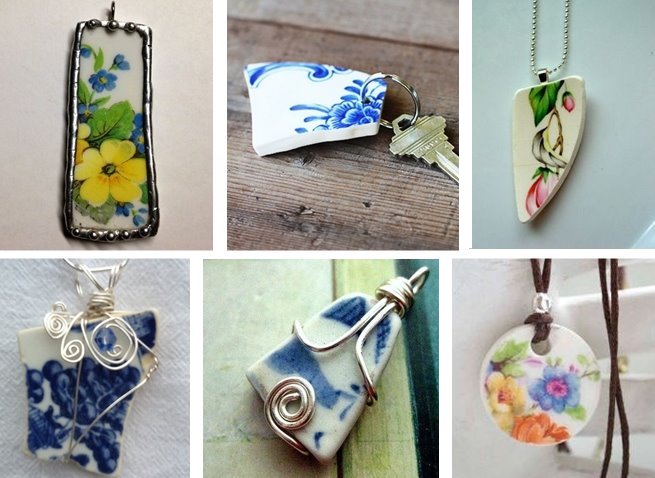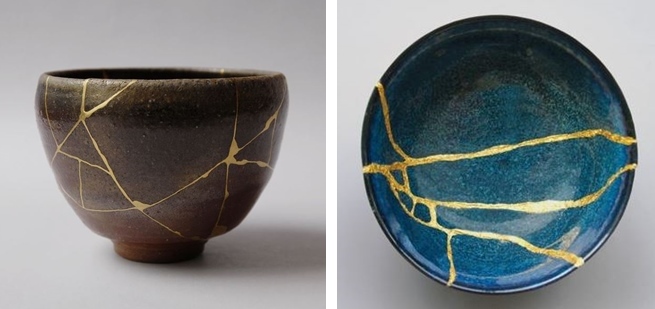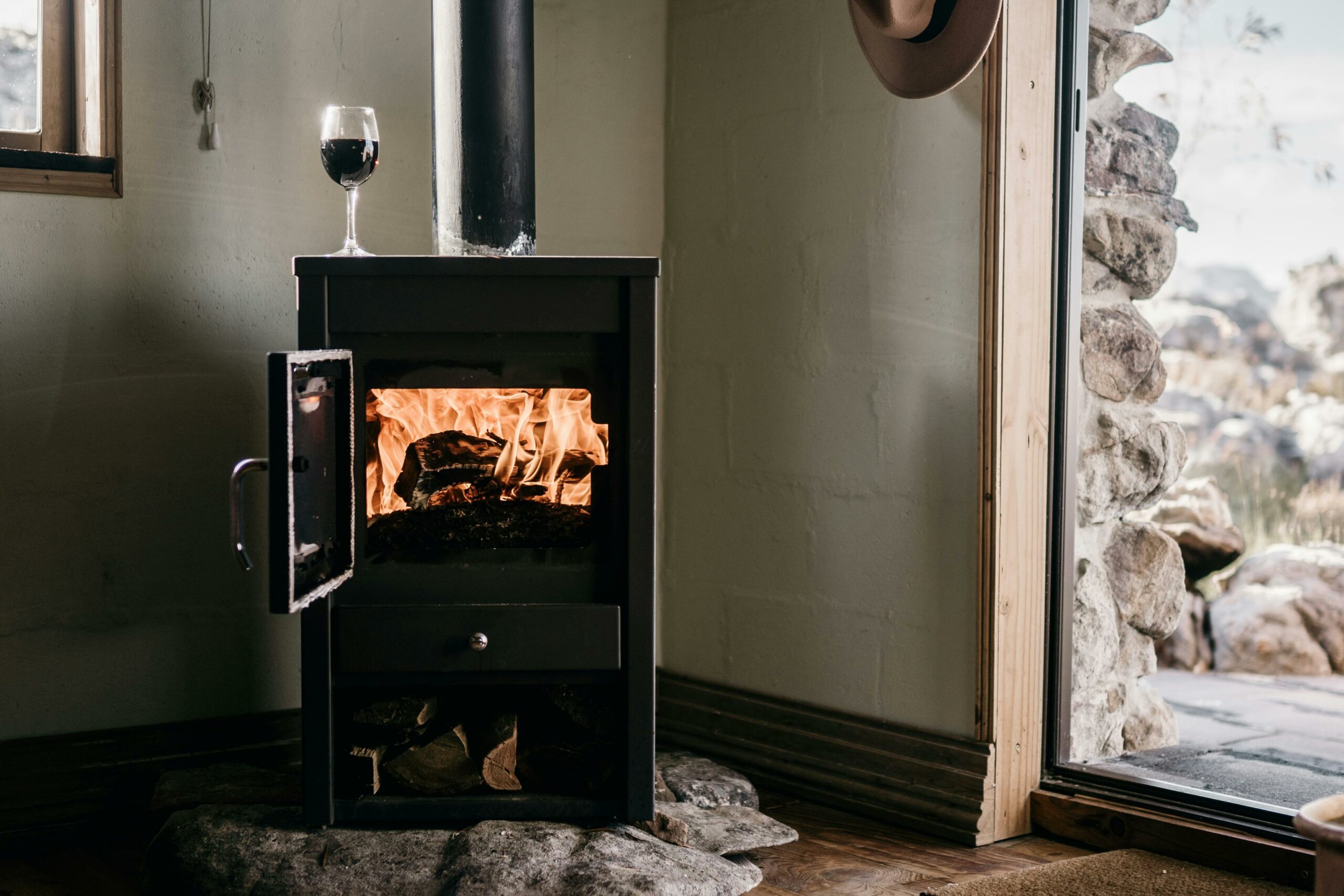Believe it or not, there is one small step from “Oops, I broke a plate!” to “Look at my work of art !”
With appropriate equipment, some skill and a lot of patience, it is possible to give broken china (or porcelain) a second life. Consider these finished artefacts:

Beautiful, aren’t they! Let’s discuss in more detail how you can go about transforming that broken plate into a mosaic, jewellery or Japanese-style gold repair artefact.
Broken china mosaics
It’s really easy to arrange pieces of broken plates, cups or bowls in a mosaic-like pattern. You will need a mosaic cutter to cut the shards to the desired size, glue to stick them to the object (for example, a flower pot or a picture frame), and grout to fill in the gaps. For specifics, see our blog post aptly names How to do mosaics.
You can also apply mosaic patterns to objects you created from scratch, such as garden stepping stones. You need some cement, a mould (a greased baking pan will do), and a bag of broken china! Either sink china shards into the cement-filled mould, or arrange shards on sticky paper placed at the bottom of the mould and pour cement over them. A piece of wire mesh placed in the middle of the cement layer will give your garden stones extra strength. Do bear in mind that the mosaic surface has to be smooth if people are meant to walk over your stones. Decorative pieces, on the other hand, can have a cup handle or a teapot spout sticking out!

Broken china jewellery
Almost every piece of jewellery can be made with china shards. However, amateur crafters will do wise to start with pendants. They are easy to make and they are versatile, as you can hang them from a neck chain, bracelet, key ring, or earring clips.
If the shards did not come out “right” after you broke the plate, cut them to your desired size with a mosaic cutter or glass cutter and then proceed to create your unique pendant using one of the techniques described below.
To create an attractive bezel, hold a lightly sanded shard with craft tweezers and melt a layer of soft solder wire all around it with a soldering iron. Then solder a ready-made pendant bail (or make one out of solder wire). If this sounds too demanding, use aluminium foil tape to imitate soldering and glue the bail to the back of the pendant.
If you prefer to leave raw edges on your pendant, be prepared to do a lot of sanding. An electric hand-held grinder will come in handy! (Just make sure it is suitable for glass.) When you are happy with how smooth the edges are, drill a hole at one end of the pendant. Any drill will do, providing you use a diamond or carbide bit. Of course, you can always resort to gluing a pendant bail!
An eye-catching alternative is to encase the sanded pendant with wire, creating a loop for the chain at one end. You will need curved nose pliers, round nose pliers and a wire cutter; all of these tools are usually included in a mini pliers set.
Take a look at some differently designed pendants; do note that the precisely cut and perfectly smooth ones require a lot of work and practice, but it’s worth it if you plan to sell your creations!

Broken china gold repairs (Japanese-style)
Kintsugi (golden joinery) or kintsukuroi (golden repair) is the Japanese art of repairing broken china with lacquer mixed with powdered precious metal (gold, silver, or platinum). The philosophy behind this craft is to honour the uniqueness of the object by emphasising the break, instead of hiding it.
Traditionally, craftsmen used real precious metals, but you can turn to much cheaper alternatives such as liquid leaf.
Gather together the pieces of your broken china or porcelain object. Glue two pieces together with an epoxy resin adhesive and leave them to dry. Then add other pieces one by one. Make sure the pieces fit perfectly before the glue sets and allow for drying time after each addition. If any glue oozes between the cracks, leave it to dry and then carefully scrape it with a knife.
Once all the pieces are stuck together, wait about three hours for the glue to cure and then go over the cracks with a thin art brush dipped in the liquid leaf of your choice.
The resulting artefact is for display purposes only (not for serving food).

Turns out, shattered plates make the perfect raw material for creating one-of-a-kind artefacts. It is indeed a trash to treasure kind of story! Just make sure to always think about your safety (goggles are a must when cutting or grinding china)… and do try to resist the urge to break perfectly good crockery!










